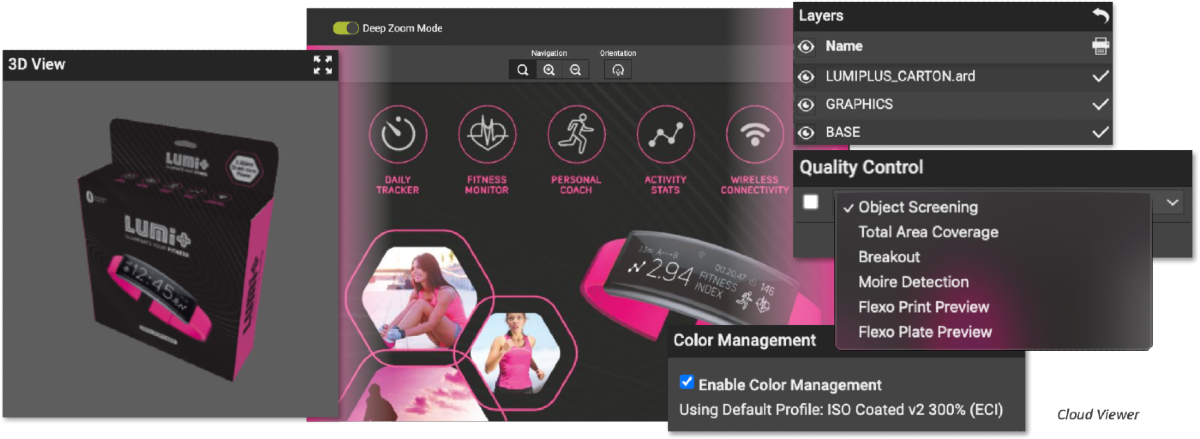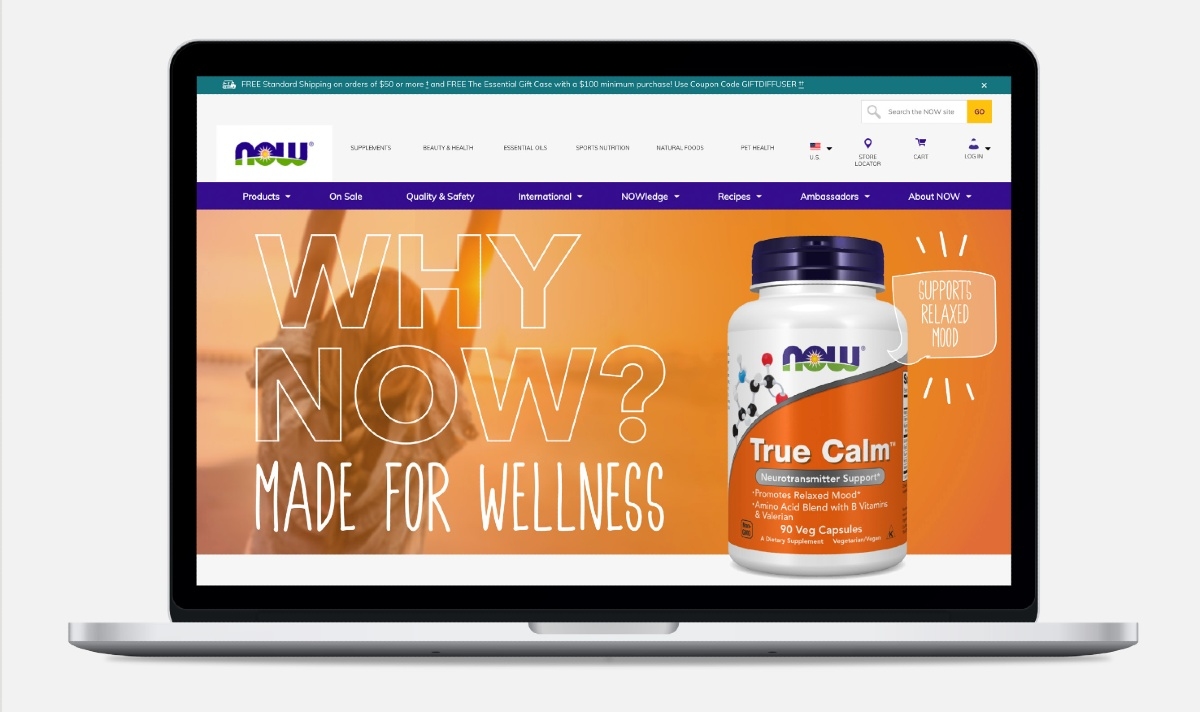Integration is the hot topic in managing global labeling and content requirements. This includes finding the right content, editing it, ensuring it’s compliant with regulations, and then publishing it. As requirements change, so too will the content. It’s a continuous cycle involving multiple people, systems, data, and processes.
Sound messy? It is. However, you can move from chaos to order by connecting your fragmented digital landscape via integration. Let us show you how!
The Challenges of the Current Process
There is considerable demand to get products to market faster and cheaper than ever before. Not surprisingly, there is a huge volume of product content that needs to be created, updated, and published. Unfortunately, this is primarily done manually, often by copying and pasting the same data into various systems. This is cumbersome, error-prone, and inefficient. And, at the same time, boards are demanding an acceleration of digital business. According to Gartner, “50% of CEOs and 69% of boards of directors are demanding a path to accelerated growth and operational excellence.”1 How do you manage these challenges while balancing mounting pressure?
Disparate systems cause internal inefficiencies in addition to external risk. Integrations have now become more in demand than ever before to effectively satisfy the speed to market, and operational efficiency needs demanded by enterprise companies and their executives. What do teams do when there are technical problems or data quality errors? Call the IT department. However, IT may have limited resources and are likely overloaded. Integrating with third-party systems is typically not a straightforward process for any IT team. It usually requires code development for a custom integration and cannot be reused within other services. As a result, integrations can take a long time from start to launch. They can be costly, time-consuming to implement, and expensive to maintain.
Does this sound familiar to you? We venture to guess it does. Here’s where integrations with Esko iPaaS comes in to make everyone’s lives easier.
Esko iPaaS – Integrations Made Easy
Esko’s Integration platform as a service (iPaaS) is the conduit for Esko resources to help build integrations connecting Esko products and your solutions. It seamlessly connects the content and data from Esko Solutions into 3rd party technologies to drive automation, system utilization, and user productivity. This reduces errors and improves cross-system processes by enabling data flows between technology applications.
Want simplicity with power? Enjoy 1000+ pre-built connectors to SaaS applications for Esko products. Designed for business and IT, low-code integration workflows built by Esko resources to share information and data between systems, so you don’t have to do so manually. They enable customers to sync product information, track status updates, transfer files, and share data via ecommerce. They provide for flexible connectivity using new or existing connectors using low-code requirements.
So, it is faster to get started, collaborate, and iterate.
Esko iPaaS uses industry-leading security to manage and encrypt your data so it’s always connected and protected. Maintain compliance (SOC 2 Type 2 audit, GDPR, BAA, etc.) and utilize real-time audit, activity, and job streaming.
The Benefits of Esko iPaaS
Esko iPaaS allows for easier set up, enhanced efficiency, and faster onboarding by:
Reducing the burden placed on your IT dept to build and maintain integrations, Esko resources can easily build LOW code integration workflow on this Platform that scales automatically to handle any workflow through the elastic scaling of processes and resources automatically behind the scenes. Enterprise level security and governance protect your users and data.
Maximizing the use of current solutions and resources thereby reducing time and cost pressures. Automated processes help you scale operations, rely less on IT without adding more people or resources, and enable immediate savings. Enhance efficiency by creating faster turnaround times for common tasks.
Minimizing the amount of mundane, repetitive tasks and fostering collaboration through improved efficiency, productivity, and user satisfaction. This strengthens morale by enabling teams to do more with less. Their time is valuable. Let them use it to add that value to your business.
Improving overall accuracy and eliminating manual data entry and human touchpoints, which reduces risk and data quality errors. Automation ensures quality is consistent, accurate, and compliant. Additionally, according to dun & bradstreet2, “Maintenance of the same information in 2 applications reduces effort by 50%, and we maintain it in many more.” They further state the importance of preventing poor data quality, rather than simply correcting it.
Integration for a More Efficient Future
Automation is no longer just about saving time or accomplishing more. Automation is rapidly becoming a critical focus to stay competitive in the market and not fall behind. Building and maintaining integrations via Esko iPaaS not only helps your team be more efficient, it uses less of your IT department’s resources. Streamlining your processes through automation enables you to connect people, processes, and data across your brand packaging, label, and content lifecycle.










